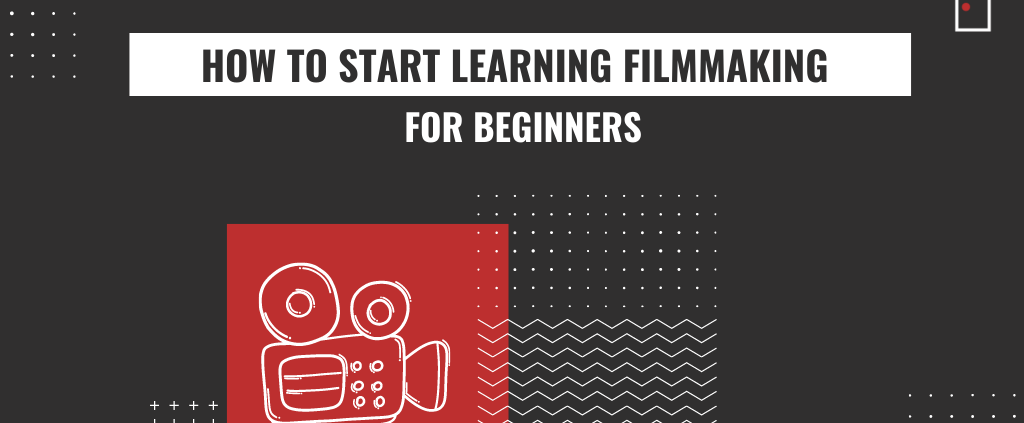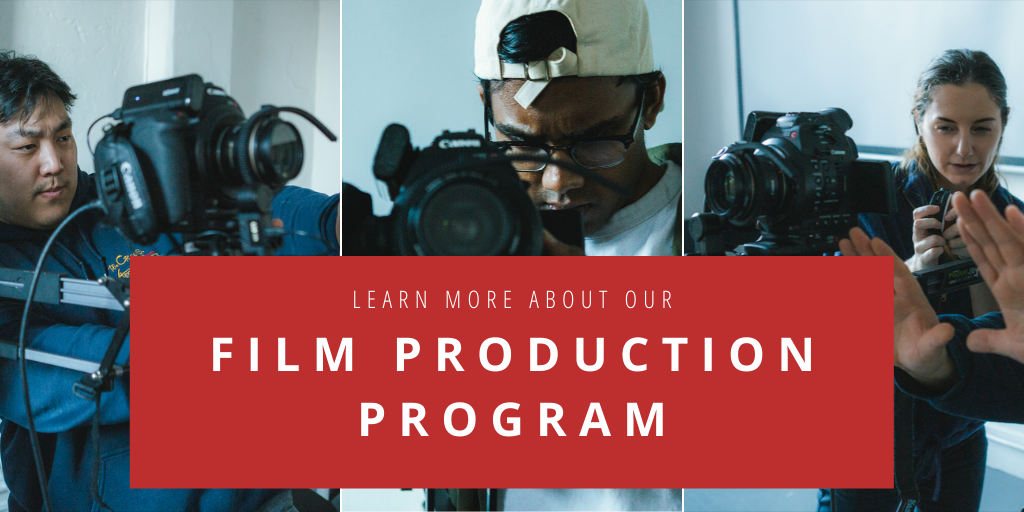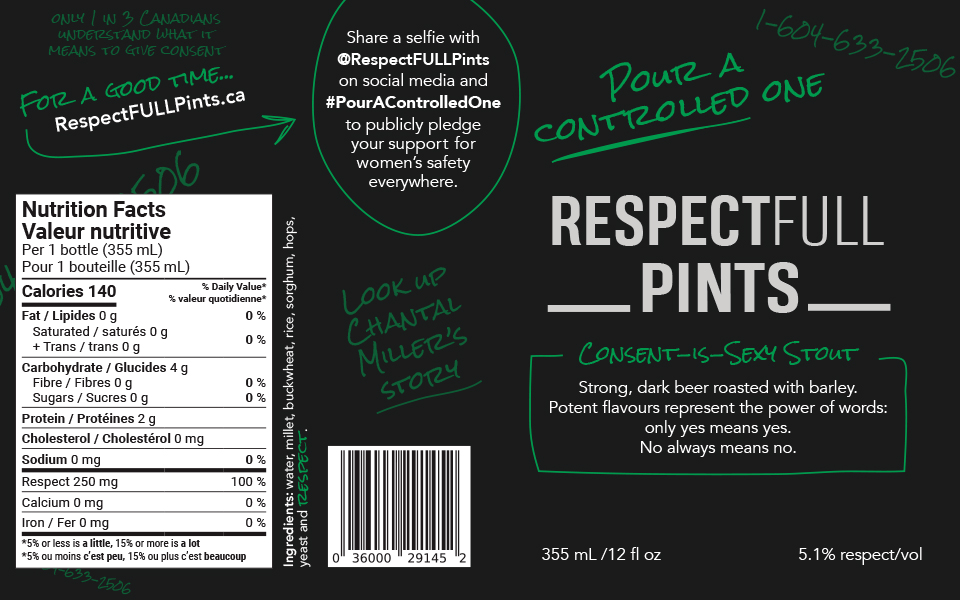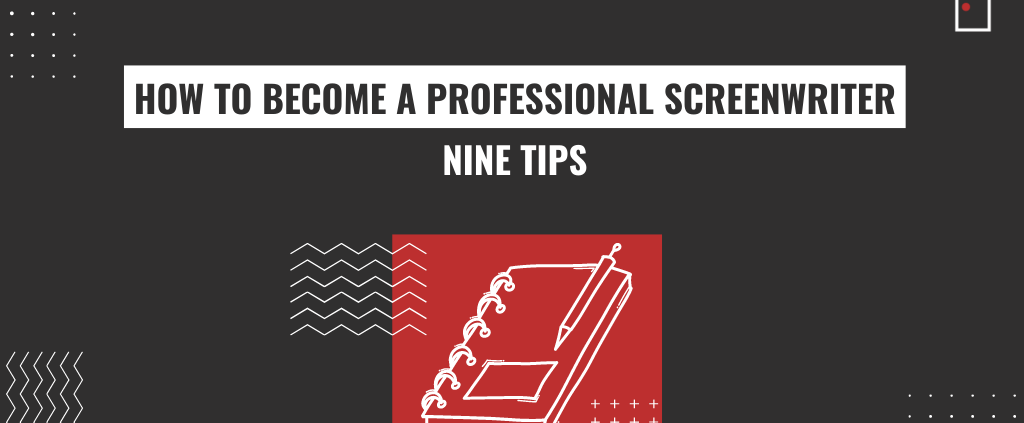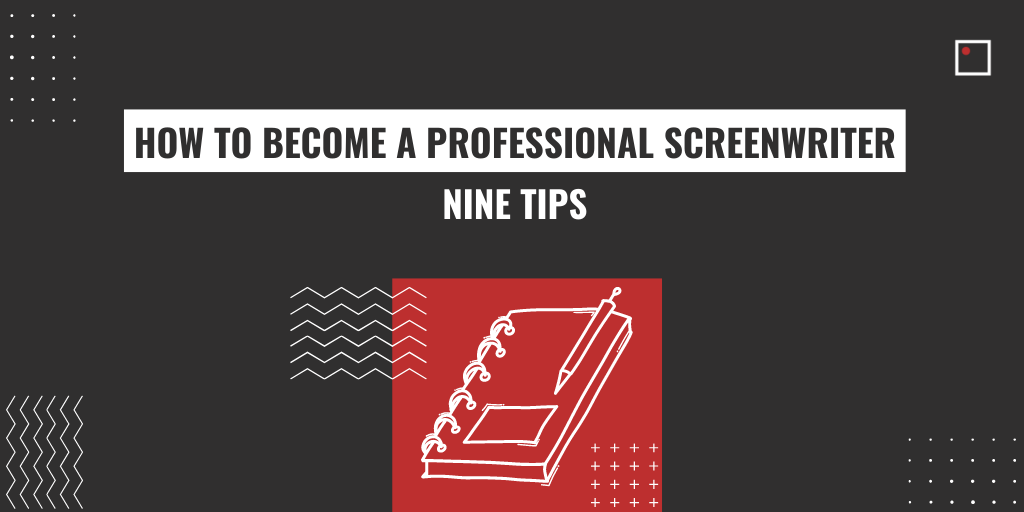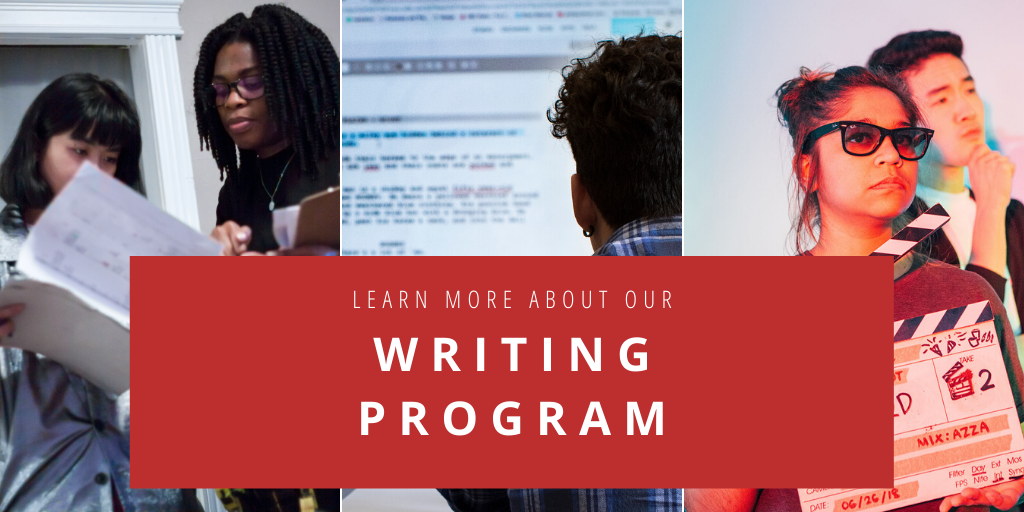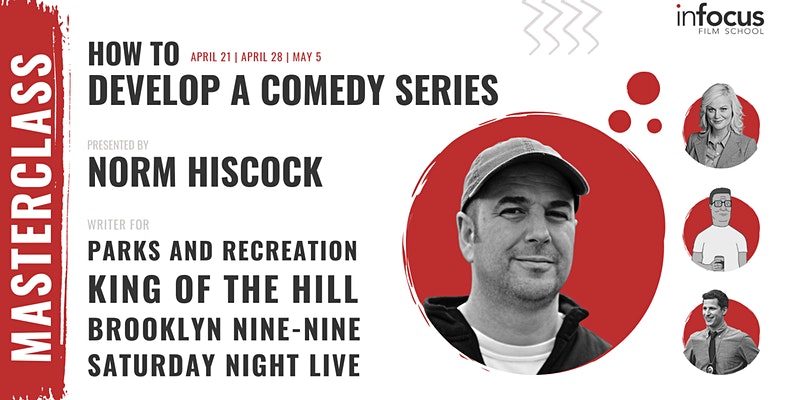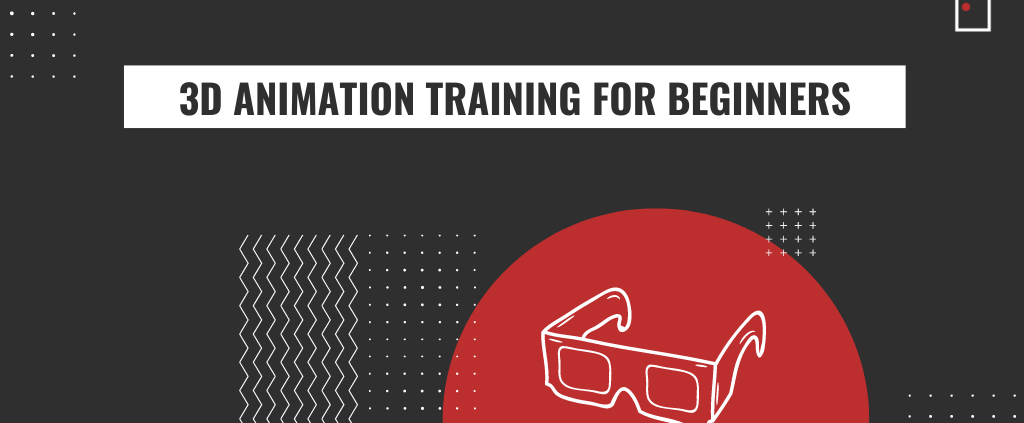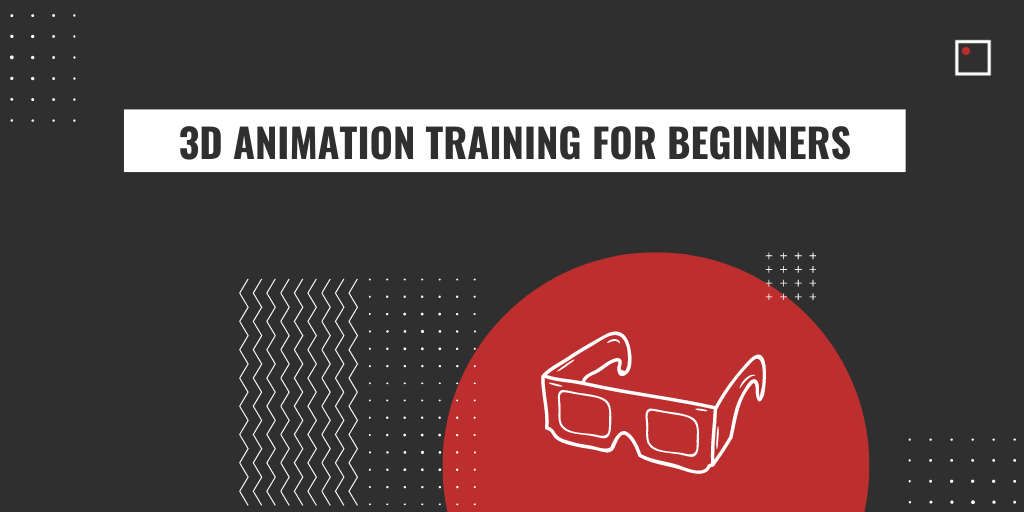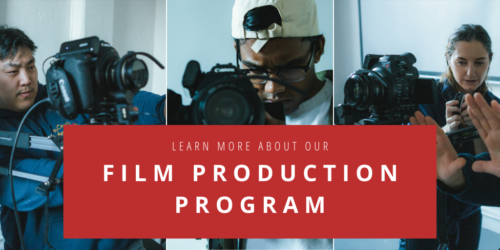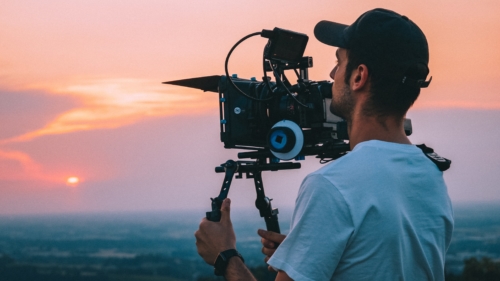Wondering how to start learning filmmaking? Keep reading for our 8 tips on how to get started in filmmaking for beginners.

By: Kennedy Randall
There is no single place to start learning filmmaking. Learning the craft is a long journey where you will discover what role you want on set and what stories you want to tell. How to get started in filmmaking comes down to you and the effort you can put in gaining experience. Whether that’s on set, in school, or in your area, seize the day and start learn filmmaking.
Below, we have six starting points to start learning filmmaking. Everyone start’s somewhere, even the greatest directors. Hard work, creativity, and passion will be your guides, but keep reading for our guide on how to begin your journey in the film industry.
1. Watch and Study Movies
Likely, watching movies is what drew you to filmmaking in the first place. Watching films is a great place to start on your filmmaking journey. When you are enjoying movies with friends or family, think about what you think made this film a great one. Notice how they organise their shots and scenes. As well, think about how they have used the camera to develop the plot. By taking the time to really see what makes a great film, you will develop a critical eye that will help you develop your own films.
Take the time to watch the classics as well as new movies coming out today. Director Steven Spielberg has said that he still learns from films that came out 50 years ago and tells aspiring filmmakers to watch the classics. Whether that’s Citizen Kane or Man with a Movie Camera, these are resources that are integral to filmmaking for beginners.

2. Pick Up A Camera
Obviously, eventually, you will need some professional equipment. But this is your first film, not your oscar winning feature! There is nothing stopping you from shooting something on the phone in your back pocket. As a beginner, the best way to learn is to experiment with short videos and shots on your phone. You don’t need to invest in expensive gear, have a massive budget to start learning filmmaking.
Your best assets are your creativity and what you have on hand. Grab a couple friends and shoot a short film. All you need is an idea, script, cast, and location. Practice making storyboards and getting your friends to act out different stories while you discover what your filmmaking style will be.
3. Start Learning Filmmaking from Experts
There are no better people to learn filmmaking from than the people currently in the industry. Jumping into filmmaking school is a comprehensive place to start. After 12 months at this film and television course, you will learn directing, screenwriting, cinematography, and editing under the mentorship of working industry professionals. You will also leave film school with 12 films under your belt. This is not only extremely useful experience but one of these 12 films could be something you market to streaming services or production companies. By diving right into a video production course you get on set experience with top of the line equipment, room for your creativity to flourish, and prepares you for the professional film industry.
Along with this, attending seminars or masterclasses led by industry professionals is a great place to start learning filmmaking. If you are a parks and recreation fan or curious about screenwriting in general, check out this online master class on How to Develop a Comedy Series with Norm Hiscock, a comedy screenwriter for Parks and Recreation, Brooklyn Nine-Nine, and Saturday Night Live. Learning from people who are involved in the industry you want to be in is a great place to start filmmaking for beginners.
4. Volunteer on Set
Any experience you can get on set is a learning experience. When looking at how to start learning filmmaking, volunteering on set is a great choice as not only do you learn best by doing, but you also meet people involved in the industry. Being an eager and hard working volunteer may one day lead to a paid gig or other filmmaking opportunities.
Looking on reddit or other online forums about filmmaking in your area is a great place to find work. As well, you could ask your instructors from film school if they know anyone who is looking for a helping hand on set. Gaining hands-on experience is one of the best ways to figure out what you like to do. Whether that be sound, directing, or post-production, the only way to know if it is for you is to try it!
5. Participate in Filmmaking Challenges
There are various filmmaking challenges out there designed for beginners to get some practice and recognition for their hard work. Importantly, many of them are short film competitions, making them easily accessible for beginners. You can find some of these competitions on FilmFreeway, which also has film festival resources that you can check out. Otherwise, just quickly google search for some short film competitions that are either online or in your area.
6. Network
These previous five starting points can offer you experience and a chance to network. Connect with local aspiring filmmakers to make your first film, watch movies together, and compete in challenges. As well, your instructors and peers at film school are an incredibly valuable resource. The person sitting next to you in your class could be your future business partner! Further, your instructors may pass along news of job opportunities and internships that could be of interest to their students. Never estimate the power of word of mouth!
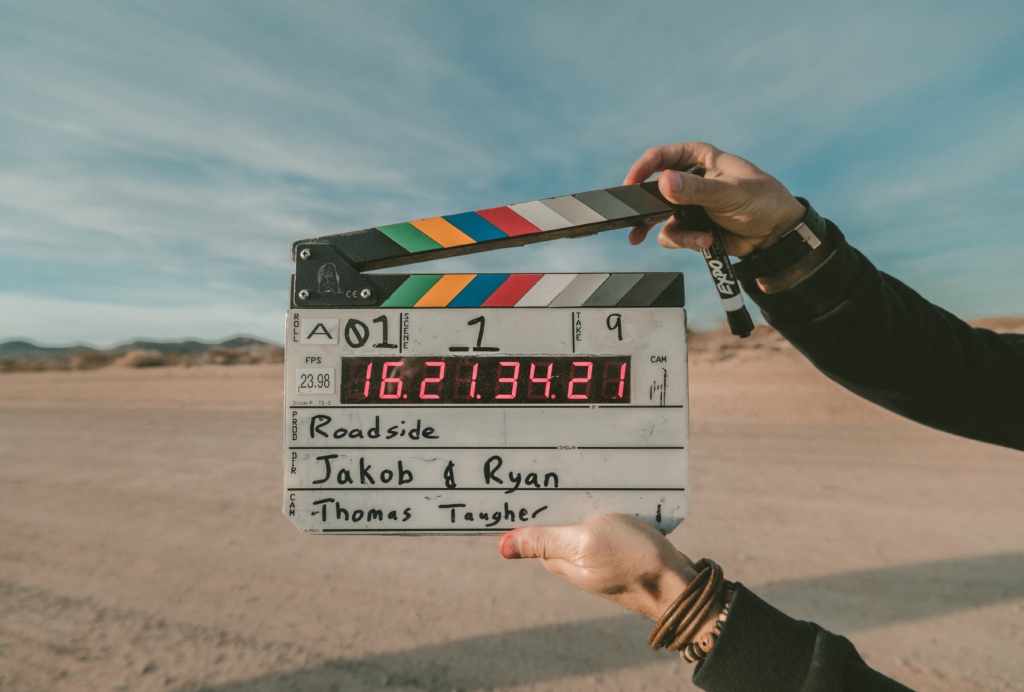
Overall, we hope that these six tips will be the push you need to start learning filmmaking. All famous filmmakers were sitting where you once were, deciding how to get started. The path to becoming an award-winning filmmaker and seeing your dreams come alive on screen is not a clear cut one. However, with creativity and drive to succeed, there is nothing that can stop you.
Related Articles:
InFocus Film Production Program
How to Become a Filmmaker After Film School: An Interview with Film Director David Michán

